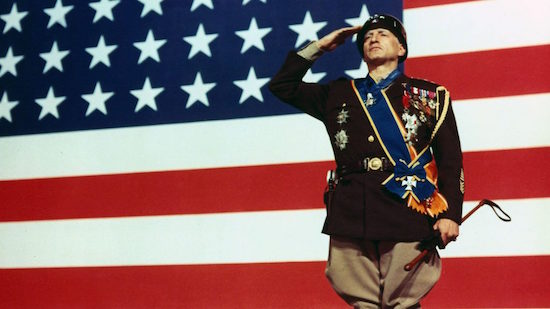
The Company Org. Chart & Chain of Command
BusinessGeneral George S. Patton stated, “I am a soldier, I fight where I am told, and I win where I fight.” General George Patton Jr. was a senior officer of the United States Army who commanded the U.S. Seventh Army during World War II. He is best known for his leadership in the U.S. Third Army in France and Germany following the allied invasion of Normandy in June 1944. Patton was well know for his hard-driving personality and his unrelenting desire to win. Although he became a successful commander during World War II, he began his military career as a soldier and understood the importance of following a chain of command.
Although the concept of chain and command originated in the military as a line of authority, it has been adopted by organizations to formalize structure, define managerial roles and provide a system of checks and balances. According to the Houston Chronicle, a chain of command establishes company hierarchy, defines members of authority in every situation, improves employee morale and raises workplace efficiency.
As a Generation X employee and born to Baby Boomer parents, I was taught to work hard, sacrifice and above all else, respect authority figures. I understand the importance and significance of having a chain of command in business, which is illustrated through an organizational chart. The organizational chart provides a clear snapshot of the company’s departmental structure and clearly illustrates the person who holds the highest level of authority in each individual department. Although I feel empowered in my role, there are often issues that arise that fall outside of my scope of work. When encountered with a situation that I can’t solve, I always remind myself to simply follow the org. chart. I’ll ask myself, “what is the issue at hand, what department or business function does it impact and who is in charge of that respective department?”
For any organization to flourish, interdepartmental communication must be streamlined accordingly through a solid chain of command. Regardless of the type of organizational structure your company practices, ensure that the structure is illustrated and made public. To achieve goals, enhance communication and carry out directives, the line of authority and the role of each individual within the organization must be made crystal clear.
Written By: Jodie Mateu, VP of Special Events & Productivity








